It’s unprecedented for a major studio blockbuster, much less a family film, to pursue the LGBT audience. Gay viewers seeking mainstream self-identification in the cinema have usually had to settle for winking nuances and allusions, or at worst, the more oblivious homoeroticism of sundry Michael Bay-style brawnfests. No more, apparently: in an age when a film as overtly queer as Moonlight can win the establishment honour of a best picture Oscar, a corporation as large as Disney can also finally acknowledge the love that once dared not speak its name.
Well, sort of. A flurry of headlines – ranging from the overly enthused to the overly outraged – greeted Beauty and the Beast director Bill Condon’s announcement in Attitude magazine that the Mouse House’s live-action remake of their 1991 fairytale smash would boast the company’s first “exclusively gay moment”. The more we heard about this supposedly startling breakthrough, however, the less encouraging it got. History’s first overtly gay Disney character, it turns out, is LeFou, unctuous manservant to preening, hyper-macho villain Gaston – an underling who, in Condon’s words, “on one day wants to be Gaston and on another day wants to kiss Gaston”.
An obsequious servant who alternates between worshipping and hopelessly desiring his straight master? With a name that translates as “madman” and has also been used as a gay slur in French? In the reliably aggravating form of Josh Gad? It’s not exactly the recognition that gay viewers have been waiting for, even if the finished film gives LeFou the most fleeting of hints at future romance with a kindred spirit.
Condon, a gay film-maker known for such intelligent queer investigations as Gods and Monsters and Kinsey, must realise that this is no giant leap forward for on-screen representation, though credit him for stoking the off-screen conversation on the subject. This week has also seen him advancing the theory, allegedly founded by the 1991 film’s late lyricist Howard Ashman, that the Beast’s story functions as a metaphor for Aids: “He was cursed and this curse had brought sorrow on all those people who loved him and maybe there was a chance for a miracle and a way for the curse to be lifted,” Condon explains. The phrasing is wince-inducing – it’s fair to say most people with Aids would prefer not to think of themselves as cursed, or indeed as beasts – but it’s a bolder way to queer the material than working a comic-relief subplot around a secondary character’s sexuality.
“Exclusively gay” is a curious turn of phrase, not least when appealing to a community for whom inclusivity has always been a higher priority. One presumes Condon’s implication is that LeFou’s desires are unambiguously homosexual, not that they’re identifiable or relatable exclusively to gay viewers. For Disney animation has a long history of LGBT coding, intended and otherwise, that makes Beauty and the Beast’s more “official” gay gestures look rather colourless.
Disney may not have granted a gay identity to any of its characters prior to LeFou, but audiences have been doing so for decades. A quick graze of the internet will provide fan theories to feed any hunches you’ve long felt about the happy-go-lucky companionship of Timon and Pumbaa, and their effective adoption of baby Simba, in The Lion King – or indeed the foppish villainy of the same film’s Scar, an alpha lion who has never found a mate in the pride. Same goes for Baloo, the nurturing, carefree single bear of The Jungle Book, or the coy, eyelash-batting male skunk who introduces himself to young fawn Bambi with the immortal words, “You can call me Flower if you want to.” A few playful Disney animators have even teased us with queer allusions of their own: the character design of Ursula, the vampy, spectacularly tentacled sea witch of The Little Mermaid, was famously modelled on superstar drag queen Divine.
Speculating in this manner can be superficial, stereotype-dependent fun – but doesn’t really get to the essentially queer heart of so many classic Disney narratives, in which socially isolated outsiders yearn either for acceptance or transcendence. Pinocchio’s dream of being a “real boy” is a journey of self-actualisation that has prompted many a metaphorical comparison to the coming-out process; the same goes for sweet, sensitive Dumbo, whose chief point of difference from the rest – those enormous ears – at first makes him a figure of fun for bullying peers, before it enables him to soar.
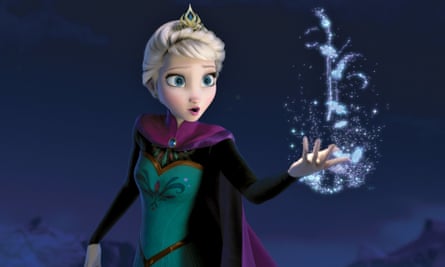
It’s not just the boys, of course. Pocahontas and Beauty and the Beast’s Belle are marked early on as different from the other girls. Ditto the Little Mermaid’s Ariel, whose desire not just to change her circumstances but change her physical form has made her an unlikely object of identification among some younger members of the transgender community – a girl who believes herself literally born in the wrong body. (Her ballad Part of Your World, meanwhile, is something of an all-purpose anthem for LGBT not-belongers.)
Fairytale convention may have locked these rebellious women into wholly heterosexual romantic ambitions, but Disney excitingly strayed from that rulebook in 2013 with Frozen, its record-busting rewrite of The Snow Queen. In Elsa, Frozen gave us a magically touched heroine who requires no male partner to complete her self-realisation. Fleeing the community while she independently comes to terms with her difference, she belts out Let It Go, a now-ubiquitous tune that not only became an instant Disney standard, but launched a million queer readings for its celebratory revelation of a once-hidden identity: “Conceal, don’t feel/ Don’t let them know/ well now they know … the fears that once controlled me can’t get to me at all.”
The film didn’t give Elsa a girlfriend following her arguable coming-out, though fans are clamoring for one to be introduced in the upcoming Frozen 2. But down to its same-sex twist on the hoary old “true love’s kiss” trope – yes, they’re sisters, but it’s refreshing to see the supposedly all-healing properties of straight love taken down a notch – it’s a film fully alive to its queerest subtextual possibilities. That may not make it Disney’s first “exclusively gay” narrative, whatever that exactly means. But if we’re at a watershed moment regarding open LGBT representation in the multiplex, the absurd, conservative figure of LeFou hardly deserves all the credit for the changes that lie ahead.
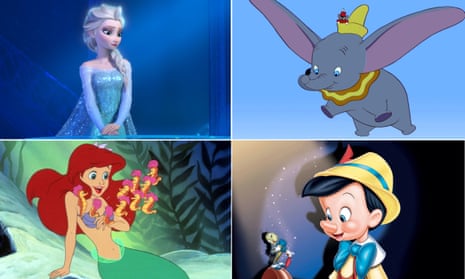
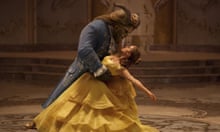
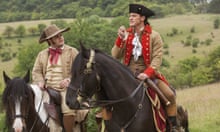
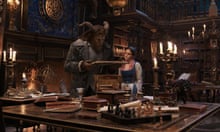
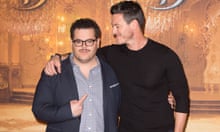
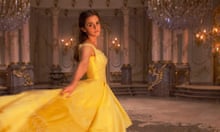
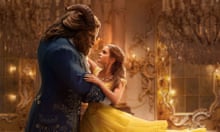
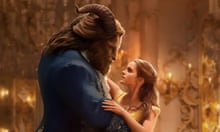
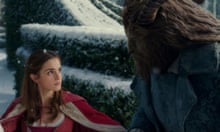
Comments (…)
Sign in or create your Guardian account to join the discussion